The world's first fully high-temperature superconducting tokamak device, Honghuang 70 (HH70), has recently successfully achieved first plasma, marking a significant leap of China in the development and application of fusion technology for clean energy, the device's developer Shanghai-based fusion energy company Energy Singularity announced on Wednesday.
The completion and operation of HH70 took the lead in the world in completing the engineering feasibility verification of high-temperature superconducting tokamak, marking that China has gained a first-mover advantage in the key field of high-temperature superconducting magnetic confinement fusion, the company said.
According to Yang Zhao, Energy Singularity's Chief Executive Officer, HH70 has independent intellectual property rights, with a domestication rate of over 96 percent, and all its magnet systems are constructed using high-temperature superconducting materials.
"The design work of the device began in March 2022, and the overall installation was completed by the end of February this year, setting the fastest record for the research and construction of superconducting tokamak devices worldwide," Yang noted.
The successful discharge of HH70 marks Energy Singularity as the world's first and currently the only team to build and operate an all high-temperature superconducting tokamak, as well as the world's first and currently the only commercial company to build and operate an all superconducting tokamak.
Regarding the company's future plans, Yang Zhao said the company plans to complete the next generation high magnetic field high-temperature superconducting tokamak device, HH170, by 2027 with the goal of achieving a deuterium-tritium equivalent energy gain (Q) greater than 10.
For fusion devices, the Q value is a crucial indicator. It directly reflects the energy efficiency of the fusion reactor, that is, the ratio of the energy generated by the device to the energy input required to sustain the fusion reaction. Q>1 represents that the output energy is greater than the energy input required to sustain the reaction. Currently the maximum Q value achieved by humans is 1.53.
Yang stressed that using high-temperature superconducting materials can reduce the volume of a device to about 2 percent of that of traditional low-temperature superconducting devices, and the construction period of the device will be shortened from the original 30 years to 3-4 years if a tokamak device with a Q>10 is to be built.
Amid growing concerns over energy crisis facing the whole world, confinement nuclear fusion is viewed by many experts and industry insiders as one of the most potential options to provide humanity with an almost infinite, clean, and cheap source of energy, and is considered the ultimate energy solution.
ChatGPT creator OpenAI is also reportedly seeking a deal with next-generation energy firm to buy "vast quantities" of nuclear fusion to create superhuman artificial intelligence.
As the only magnetic confinement fusion technology route that has completed scientific feasibility verification, the tokamak device, dubbed artificial sun, has always been the focus of global controlled nuclear fusion research and development.
High-temperature superconducting tokamak combines robust physics with engineering innovation, which is expected to greatly improve the cost-effectiveness of the device and accelerate the commercialization of fusion energy, and has become the direction of fusion energy research and development that attracts the most market-oriented funding worldwide.
In 2018, the US company Commonwealth Fusion Systems (CFS) became the first in the world to propose to build a small high-temperature superconducting tokamak device SPARC with Q≥10. The construction of SPARC kicked off in 2022 with plans to complete it in 2025.
Energy Singularity co-founder and Chief Operating Officer Ye Yuming said the magnetic field strength of HH170 will be 110 percent of SPARC, the diameter will be 90 percent of SPARC, and the volume will be about 70 percent of SPARC, enabling further cost reduction. Once completed, the HH170 device will be the world's smallest and lowest-cost tokamak device capable of achieving a 10-fold energy gain.
To support the research and development of HH170, Energy Point is also developing high-temperature superconducting D-shaped magnets. The goal of these magnets is to achieve a magnetic field strength of 25 Tesla, with manufacturing and testing planned to be completed by the end of this year. The magnetic field strength of the already completed HH70 is 2.5 Tesla.
According to Ye, engineering design of the HH170 device is expected to begin early next year. After 2030, Energy Singularity will also start the construction of HH380, with the goal of building a tokamak device that can be used for a demonstration fusion power plant.
Energy Singularity was established in Shanghai in June 2021, mainly focusing on researching commercially viable high-temperature superconducting tokamak devices and their operational control software systems. The company's shareholders include miHoYo, developer of Chinese-made open-world roleplaying game Genshin Impact, and Chinese electric carmaker NIO.








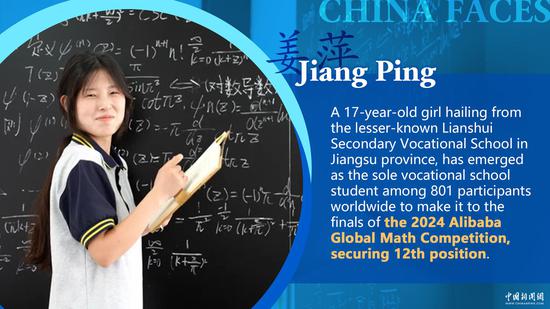



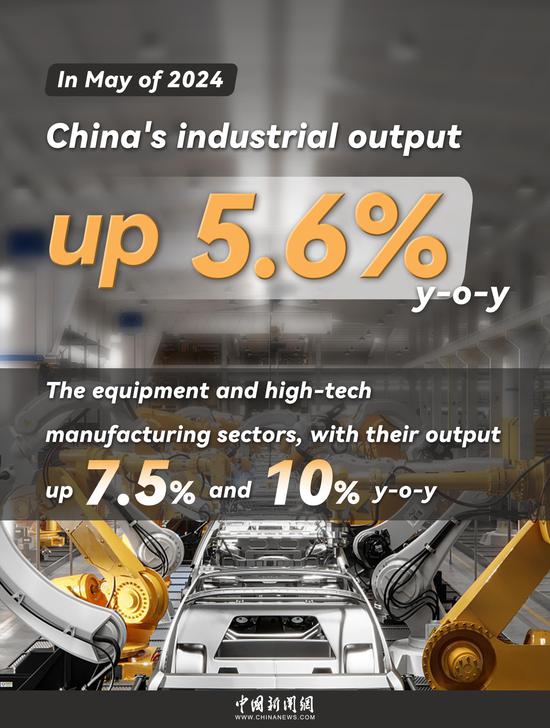











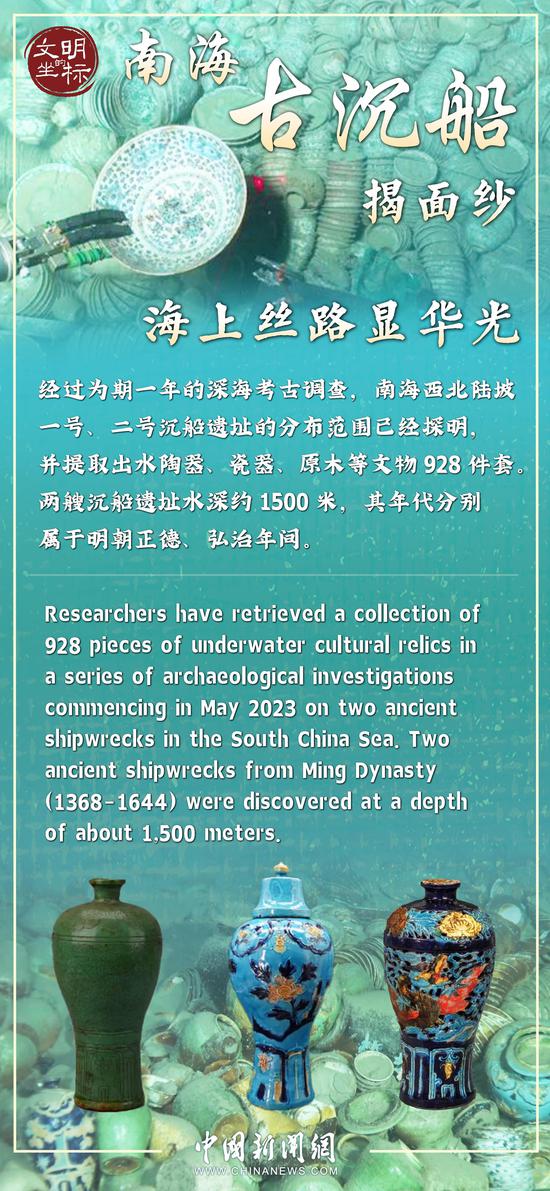



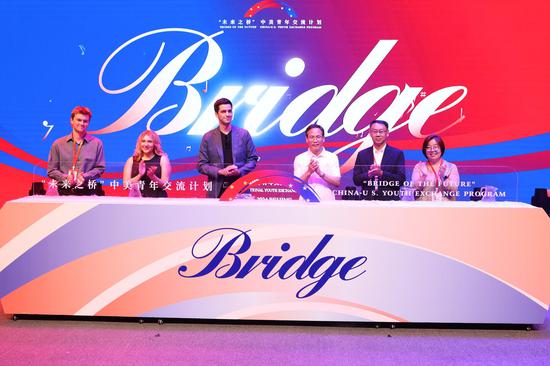


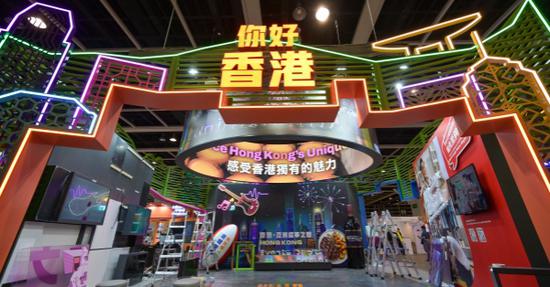




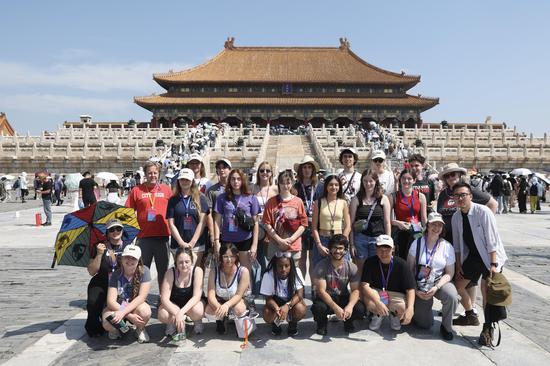
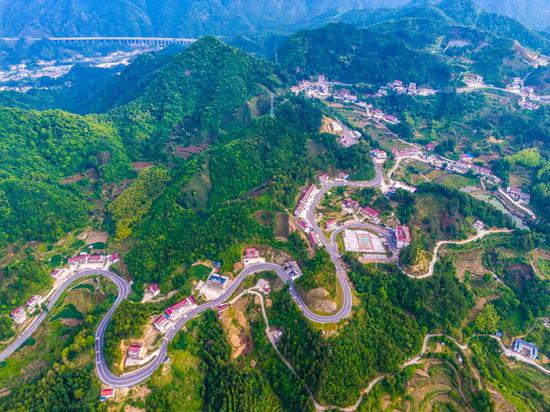





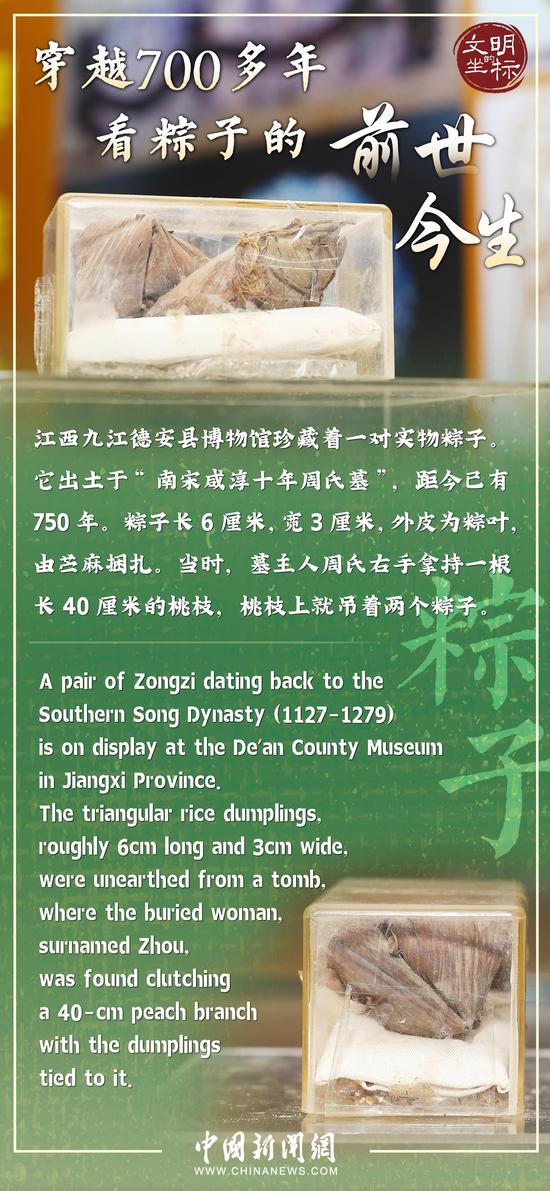






 京公網安備 11010202009201號
京公網安備 11010202009201號